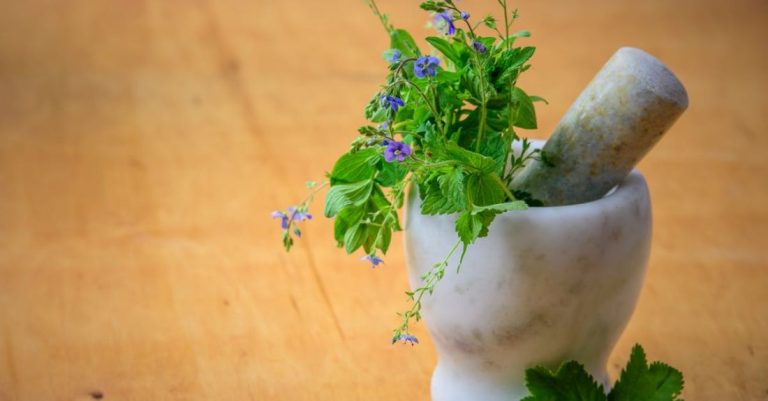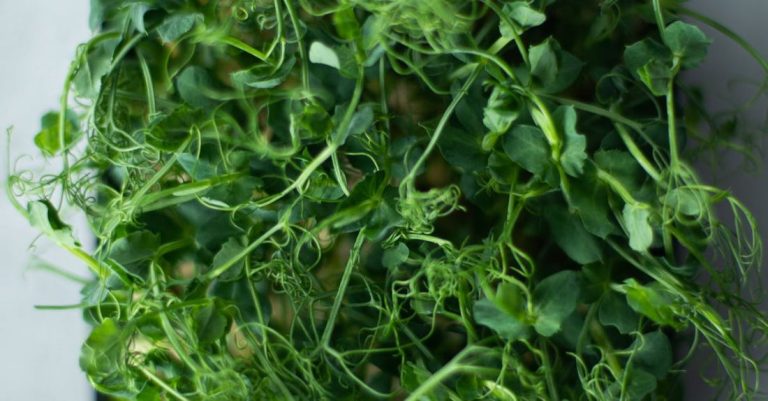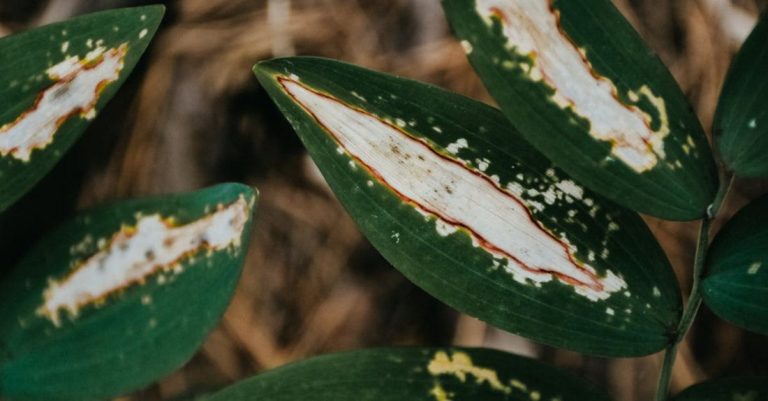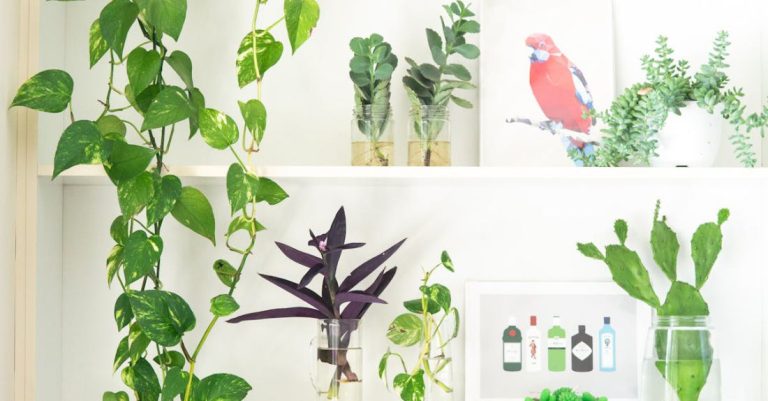
Indoor plants not only add aesthetic appeal to your living space but also contribute to a healthier indoor environment by purifying the air and reducing stress levels. To ensure your indoor plants thrive and continue to enhance your space, it’s essential to follow best practices for their care. By understanding the specific needs of your plants and providing proper care, you can enjoy the benefits of a flourishing indoor garden. Here are some key practices to keep in mind when caring for your indoor plants.
Choosing the Right Plants
Selecting the right plants for your indoor environment is crucial for their overall health and growth. Consider factors such as the amount of light available, temperature, and humidity levels in your home before choosing your plants. Some popular indoor plants that are relatively low maintenance and thrive in indoor environments include pothos, snake plants, spider plants, and peace lilies. These plants are well-suited for beginners and can adapt to a variety of indoor conditions.
Providing Adequate Light
Proper lighting is essential for the growth and development of indoor plants. Most indoor plants require bright, indirect light to thrive. Place your plants near windows or in well-lit areas of your home to ensure they receive an adequate amount of light. Be mindful of the specific light requirements of each plant, as some may prefer more shade or indirect light. If natural light is limited in your space, consider using grow lights to supplement the light your plants receive.
Watering Wisely
Overwatering is one of the most common mistakes made in indoor plant care. It’s important to water your plants consistently but avoid overwatering, as this can lead to root rot and other issues. Before watering your plants, check the soil moisture level by sticking your finger into the soil. If the top inch of the soil feels dry, it’s time to water your plant. Be sure to water thoroughly until water drains out of the bottom of the pot, allowing the roots to absorb moisture evenly.
Maintaining Proper Humidity
Indoor plants often require higher humidity levels than what is typically found in most homes. To increase humidity around your plants, you can place a humidifier nearby or create a pebble tray by placing a layer of pebbles in a shallow tray filled with water. As the water evaporates, it creates a humid microclimate around the plant. Misting your plants with water occasionally can also help increase humidity, but be cautious not to overdo it, as too much moisture can lead to fungal issues.
Fertilizing Appropriately
While indoor plants do not require frequent fertilization, providing them with nutrients is essential for their growth and overall health. Use a balanced, water-soluble fertilizer formulated specifically for indoor plants and follow the recommended dosage instructions. Fertilize your plants during the growing season, typically in spring and summer, and reduce or stop fertilizing during the dormant winter months. Over-fertilizing can harm your plants, so it’s essential to follow guidelines carefully.
Pruning and Grooming
Regular pruning and grooming help promote healthy growth and maintain the appearance of your indoor plants. Remove dead or yellowing leaves, trim overgrown stems, and prune back leggy growth to encourage bushier, more compact growth. Grooming your plants also helps prevent pests and diseases by removing debris and improving air circulation around the plant. Use clean, sharp scissors or pruning shears to avoid damaging the plant.
Monitoring for Pests and Diseases
Keeping an eye out for pests and diseases is crucial to maintaining the health of your indoor plants. Common indoor plant pests include spider mites, aphids, mealybugs, and fungus gnats. Inspect your plants regularly for signs of pests, such as yellowing leaves, sticky residue, or visible insects. If you notice any issues, isolate the affected plant, and treat it promptly with organic insecticidal soap or neem oil. Preventing pests and diseases through proper care and maintenance is key to keeping your indoor plants healthy and thriving.
Creating a Routine
Establishing a consistent care routine for your indoor plants is essential for their well-being. Develop a watering schedule based on the specific needs of each plant, check the soil moisture regularly, and adjust your care routine as needed. Set aside time each week for tasks such as watering, pruning, and grooming to ensure your plants receive the attention they require. By creating a routine and staying attentive to your plants’ needs, you can foster a thriving indoor garden that brings beauty and vitality to your home.
Incorporating these best practices into your indoor plant care routine will help you cultivate a vibrant and healthy indoor garden. By understanding your plants’ specific requirements and providing them with proper care, you can enjoy the beauty and benefits of indoor gardening while creating a more inviting and nurturing environment in your home. With a little attention and effort, you can create a green oasis that enhances your living space and brings joy and tranquility to your everyday life.





